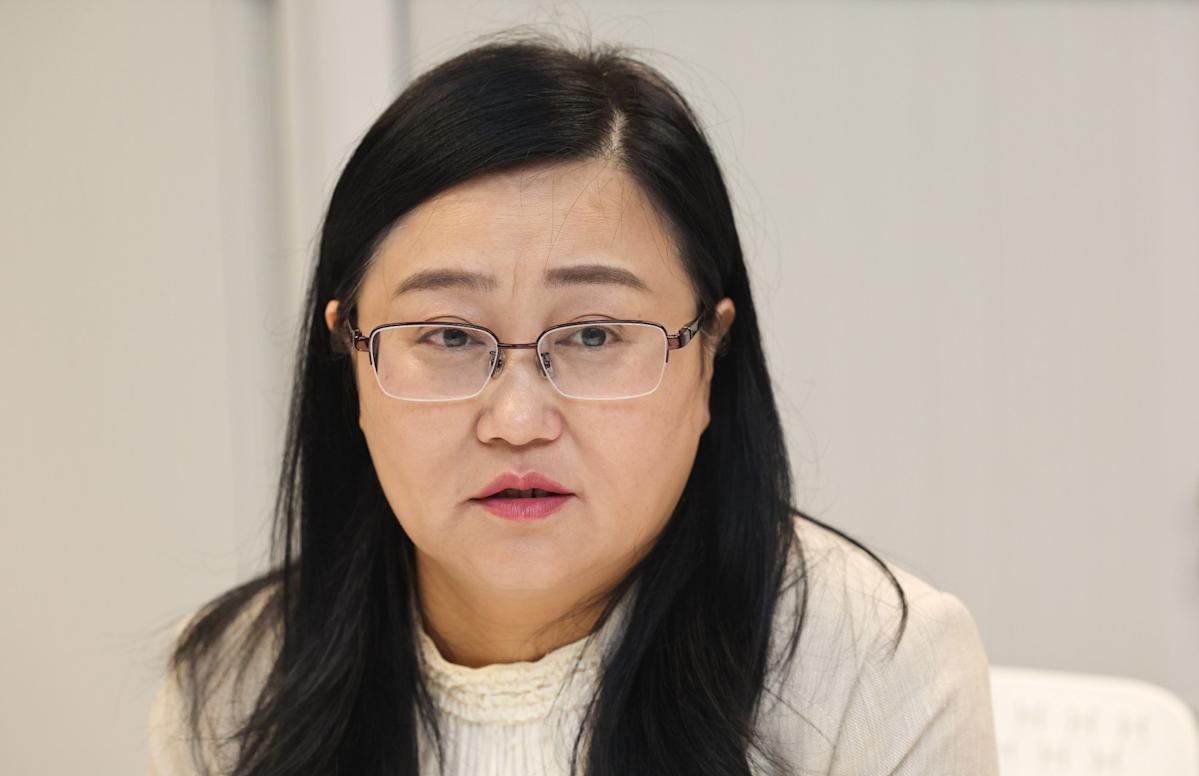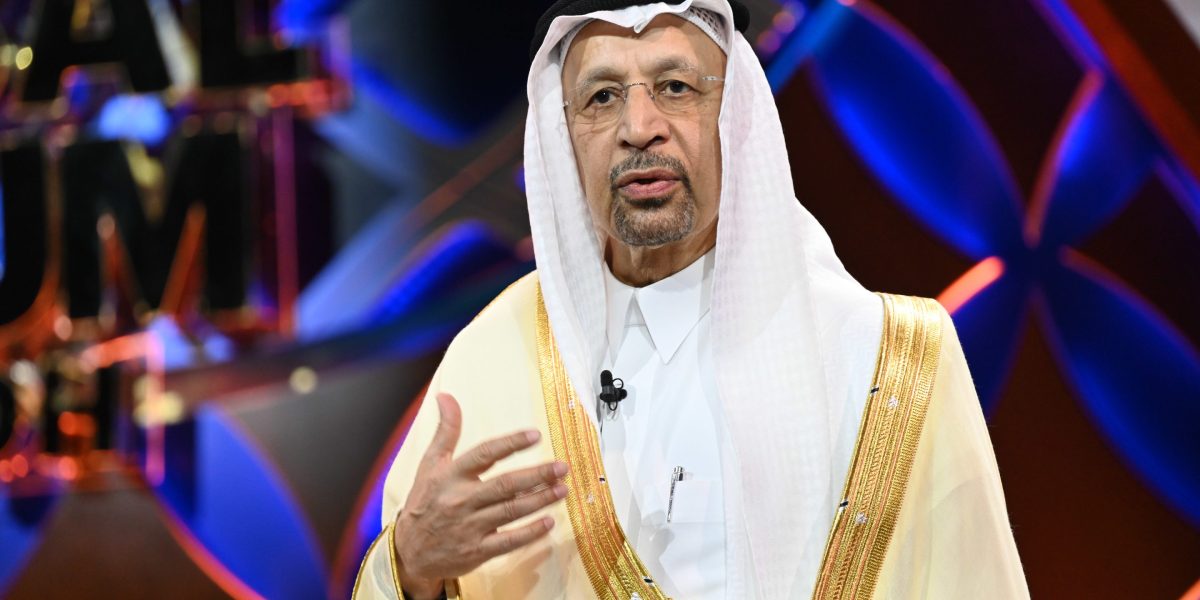Hong Kong University of Science and Technology (HKUST) start-up Stellerus Technology aims to be the world’s first provider of satellite-enabled three-dimensional wind data to help wind power, transport and insurance firms boost revenues, cut costs and manage risks, according to its founders.
Stellerus, founded in 2023 by the university’s academics, would leverage China’s cost competitiveness in satellite manufacturing to make global 3D wind data collection economically viable, said Su Hui, the chairwoman and co-founder.
3D wind data – wind direction and speed and their changes with altitude – is crucial for improving weather forecasting, especially severe climate events.
Do you have questions about the biggest topics and trends from around the world? Get the answers with SCMP Knowledge, our new platform of curated content with explainers, FAQs, analyses and infographics brought to you by our award-winning team.
“After I came to Hong Kong, I realised the technology for implementing such a project in mainland China was quite developed and the cost would be much lower than overseas,” Su said. “In the US, such a satellite could cost US$100 million to build, compared with 20 million yuan [US$2.8 million] in China.”
Su Hui, the chairwoman and co-founder of Stellerus Technology. Photo: Edmond So alt=Su Hui, the chairwoman and co-founder of Stellerus Technology. Photo: Edmond So>
Su, a hydraulic expert, joined the HKUST’s department of civil and environmental engineering in 2022 as chair professor. She was formerly a principal scientist and weather programme manager at the Jet Propulsion Laboratory at Nasa.
By deploying advanced optical sensors, Stellerus could collect data and use artificial intelligence to analyse carbon dioxide, methane and water vapour in the atmosphere to calculate changes in wind direction and speed, she said.
“Such detailed data is lacking for meteorological observation and analysis globally,” she said. “Various organisations, including Nasa, plan to embark on such a project, but none has been implemented so far due to the high cost of launching a satellite constellation.”
Nasa was testing laser technology for developing space-based 3D wind measurements, according to its website. It was also collaborating with the US National Oceanic and Atmospheric Administration to develop advanced remote weather sensing instruments that can be flown aboard satellites to collect highly precise data to improve weather forecasting globally.
In August 2023, HKUST partnered with Chang Guang Satellite Technology – a Jilin government-backed firm and China’s first commercial remote sensing satellite company – to become Hong Kong’s first higher education institution to launch an Earth environmental satellite.






